The Newfoundland Constabulary: 1871-1949
The Royal Newfoundland Constabulary is one of the oldest police forces in North America. It officially formed in 1871, but its roots go back much further, to 1729. In that year, Newfoundland Governor Henry Osborn divided the island into six districts and appointed constables in each one. By 1732, there were 31 constables on the island.
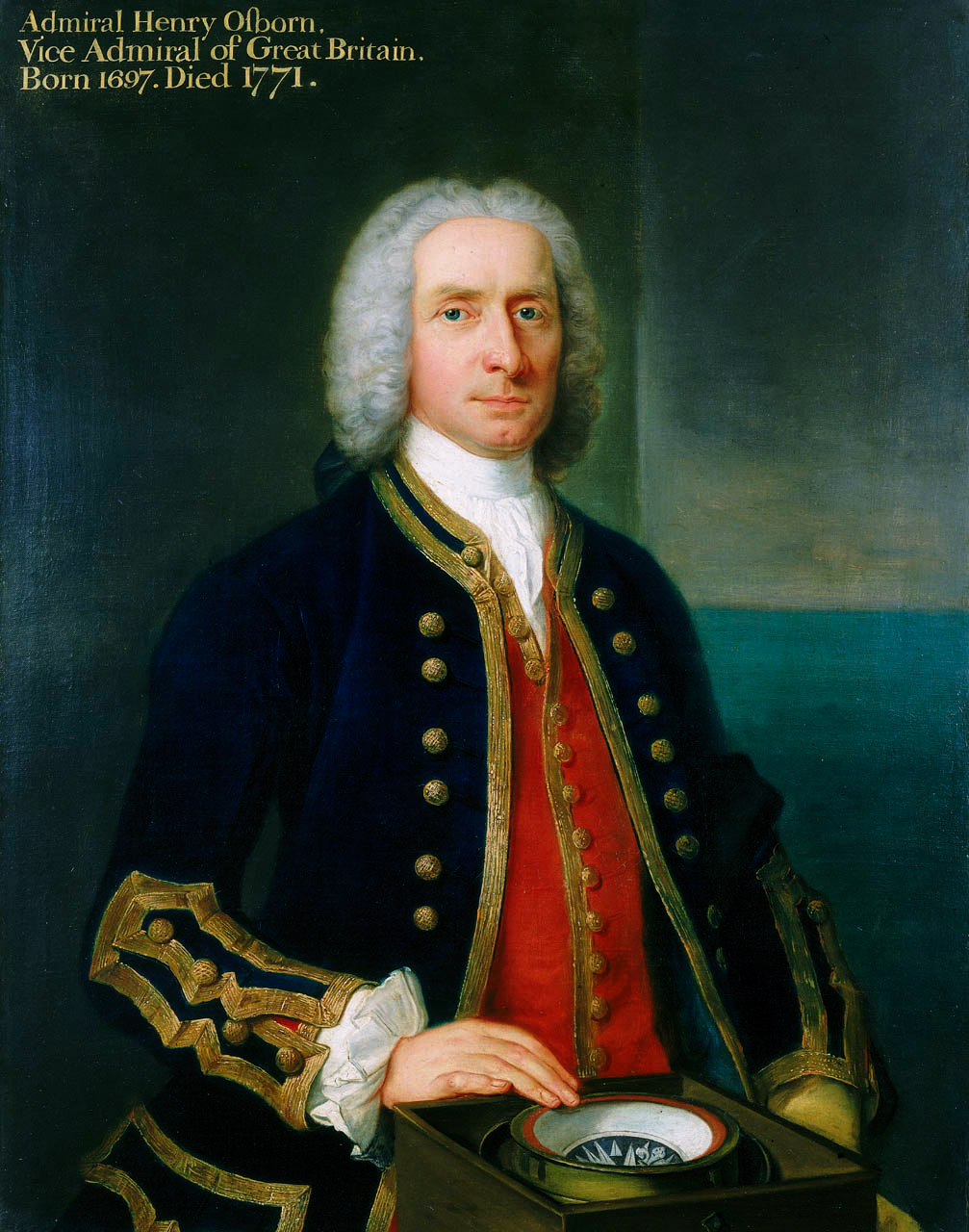
That number increased over the decades, but not enough to cope with a rapidly growing settler population. By the mid-1800s, there were calls for a larger and better organized police force. On April 3, 1865, the St. John's Daily News reported that St. John's residents had submitted a petition to the government asking for a night police.
The situation reached a boiling point in 1870, when Britain withdrew its garrison from Fort Townshend in St. John's. Until then, the soldiers had helped to police the island. Their departure on November 8 made it necessary for the Newfoundland government to replace the system of local constables with a larger and more efficient police force.
Formation of the Constabulary
The government hired First Class Head Constable Thomas Foley of the Royal Irish Constabulary to organize and lead the new force. Foley, who had spent 22 years with the Royal Irish Constabulary, arrived at St. John's in April 1871. One month later, a call for applicants to the Newfoundland police force appeared in the Royal Gazette.
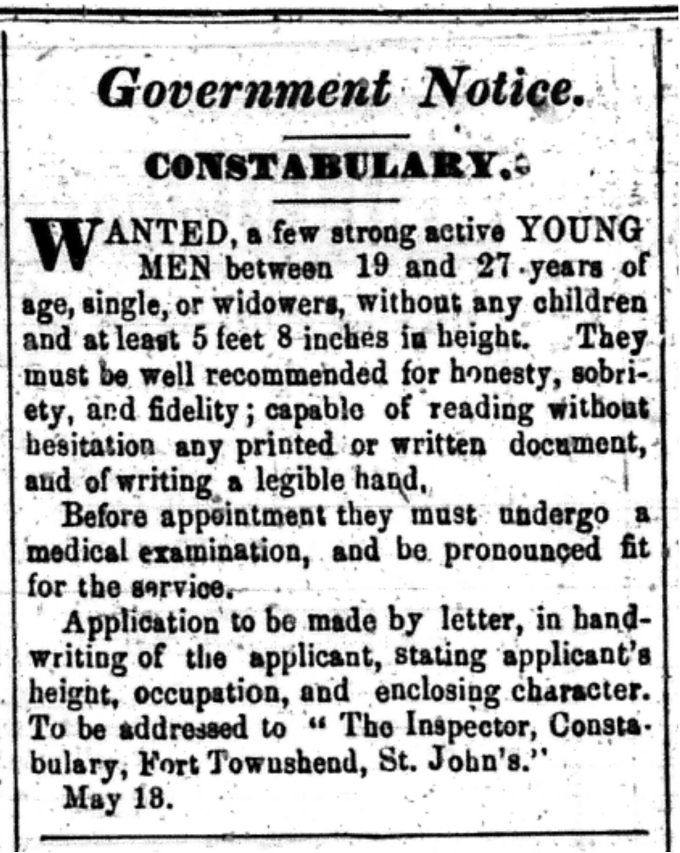
Foley modelled the new police force on the Royal Irish Constabulary and took over Fort Townshend as its headquarters. However, his tenure as Inspector and General Superintendent of the Constabulary only lasted for two years. After his sudden death in 1873, Foley was replaced by Paul Carty.
Carty had served for 24 years with the Royal Irish Constabulary and brought a wealth of knowledge to the Newfoundland Constabulary. He led the force from 1873 until 1885, which proved to be a period of rapid growth as 27 new police stations opened across the island, including the first ones on the west coast. By 1883, the force had grown to about 100 constables; it had also created a unit of mounted police.
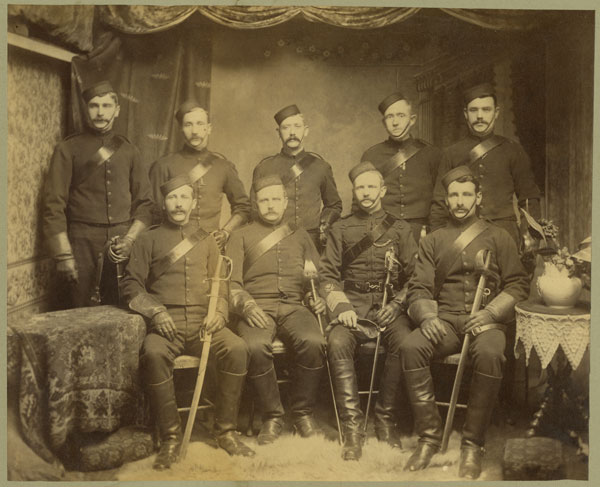
Constable John McCowan played a major role in the formation of the mounted police force. Like Carty and Foley, McCowan was another veteran of the Royal Irish Constabulary. He had moved to St. John's in 1871 to join the colony’s new constabulary and to help with its organization. Over the next eight years, McCowan was stationed at several communities, including Harbour Grace and Catalina.
In 1879, McCowan became the Governor of the St. John's Penitentiary. He held that post until 1895, when he became the new head of the Newfoundland Constabulary. That same year, the government placed the St. John's Fire Department under the control of the police force. As a result, McCowan became the Inspector and General Superintendent of the Newfoundland Constabulary and the St. John's Fire Department.
Expansion and Reorganization
McCowen played a major role in the expansion and reorganization of the Constabulary. Under his watch, the city of St. John's was divided into three police districts: central, eastern, and western. Fire halls opened in each region, and each one housed a district police station as well as barracks for the constables. Twenty constables worked out of the central fire station, while the eastern and western stations each had 14.
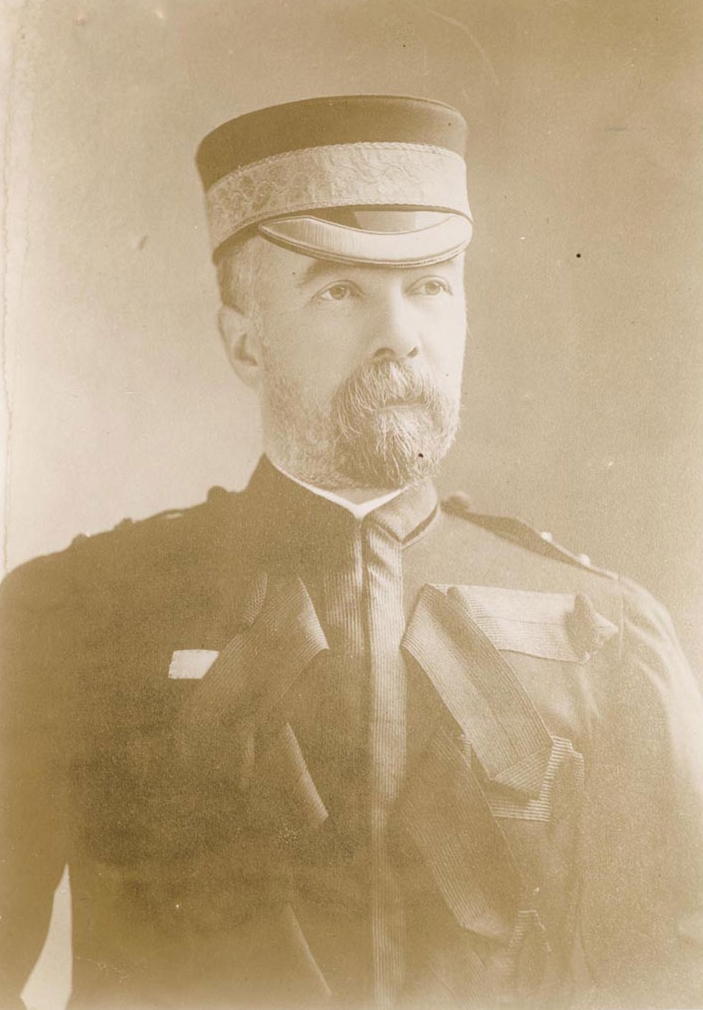
McCowan also created a detective branch within the constabulary to handle the most serious of crimes. It was the forerunner of what is today known as the Criminal Investigation Division of the Royal Newfoundland Constabulary.
Another first was achieved in 1908, when John Sullivan became the new Inspector and General Superintendent of the Constabulary. Born in Trinity, Sullivan was the first Newfoundlander to become head of the police. He had been with the constabulary since its inception in 1871, and had worked closely with McCowan to bring the fire department under the supervision of the police. After McCowan died in 1908, Sullivan replaced him as acting head of the police. He was officially appointed to the position in 1909.
More change came in the 1920s, when the first constables were stationed in Labrador. Rumors of a major gold find at Stag Bay in 1922 attracted a sudden influx of prospectors. Twelve constables were dispatched to the area and they became known as the “Gold Coast Police.” However, the gold strike proved to be false and the Constabulary withdrew from Labrador after just one year.
Constables returned to Labrador about a decade later in 1934, but their stay was once again short lived. After the Newfoundland Ranger Force formed in 1935, its men replaced the constables in Labrador and in some remote parts of the island.
Great Depression
By then the Great Depression had plunged Newfoundland and Labrador into a period of enormous economic hardship. Unemployment was widespread and so was public unrest. Letters appeared in local newspapers asking the government to create jobs or increase the dole. Dissatisfaction quickly turned into rage in 1932, when Prime Minister Richard Squires was accused of misusing public money. On April 5, a public demonstration outside the Colonial Building escalated into a riot of about 10,000 people.
Some constables were injured while trying to police the crowd, and two had to be hospitalized. Worried that other riots might break out in the coming days, the Constabulary created a reserve force of over 100 men, which remained in effect until 1938.
By then, Patrick O’Neill was the Chief of Police. Under his leadership, the Constabulary expanded its police training programs. O’Neill handpicked constables to receive special training at Scotland Yard, at the RCMP College at Regina, and with the FBI in Washington. When the men returned, they led training sessions at Fort Townshend to pass on what they had learned to their colleagues.
The Second World War and Confederation
The outbreak of the Second World War in 1939 had a big impact on policing in Newfoundland and Labrador. Constables had to investigate reports of espionage and sabotage, guard strategic locations, and deal with the rapid influx of thousands of servicemen from Canada, America, and England. The Newfoundland Constabulary also seized two ships of enemy registration and guarded prisoners of war at an interment camp at Quidi Vidi.
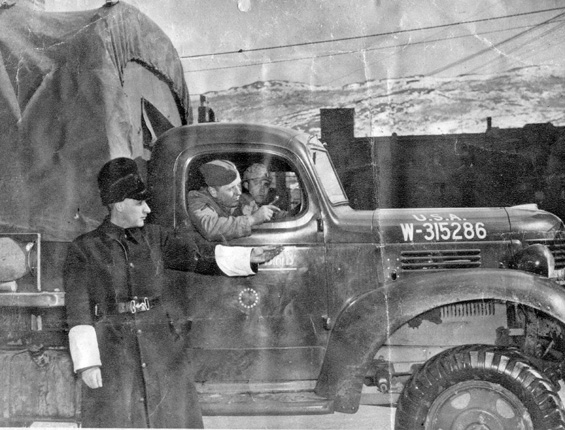
Blackout conditions were also in effect, and this made policing much more difficult and dangerous at night, when almost no artificial light could be used. In response to the increased workload and heightened sense of danger, the force created a Security Division to handle wartime concerns.
Even more change came after Confederation with Canada in 1949. The Royal Canadian Mounted Police replaced the Constabulary in all areas of the province except for St. John's, and it absorbed the Newfoundland Ranger Force. As a result, the Constabulary closed about 15 police stations across the island and relocated its staff and their families back to St. John's.
A Timeline of Significant Events After Confederation
1979: Queen Elizabeth II conferred the designation of “Royal” upon the constabulary, making it the Royal Newfoundland Constabulary (RNC). A new headquarters was opened at Fort Townshend.
1980: The first women were sworn in as constables.
1981: The RNC took over policing duties in Mount Pearl and Wedgewood Park.
1983: The RNC extended its policing duties to include the entire northeast Avalon region.
1984: The RNC set up detachments in Labrador City, Wabush, and Churchill Falls.
1986: The RNC took up duties in Corner Brook.
1987: The RNC Museum opened in the foyer of the Fort Townshend Headquarters.
2005: The first RNC Recruit Class graduated from Memorial University with a Diploma in Police Studies.




